Traditionally baked during ‘Sinterklaas', a feast on 5 December (6 December in Belgium and Germany) on which little children receive gifts from the holy St. Nicholas, the partial inspiration for Santa Claus. In Germany, Pfeffernüsse are traditionally made during the Christmas season.
YIELD
60 servingsPREP
15 minCOOK
15 minREADY
30 minWhat is the history and origin of Pfeffernusse cookies?
The origins of Pfeffernusse cookies can be traced back to the 18th century in Germany.
These delightful, spicy cookies are traditionally made with spices, ground nuts and blanketed in powdered sugar.
They are particularly popular during the holiday season, especially around Christmas time.
While the exact origins of the recipe are unknown, it is believed that a German confectioner named Johann Fleischmann invented the cookie in Offenbach am Main, Hesse, in 1753.
Pfeffernusse cookies have become a beloved treat in Germany and other parts of Europe, and they even have their own holiday - National Pfeffernusse Day, celebrated on December 23rd.
The cookies have a unique, spicy flavor that comes from a combination of spices like cinnamon, nutmeg, and cloves.
Pfeffernusse cookies are often enjoyed with a cup of tea or coffee, making for a cozy and festive winter treat.
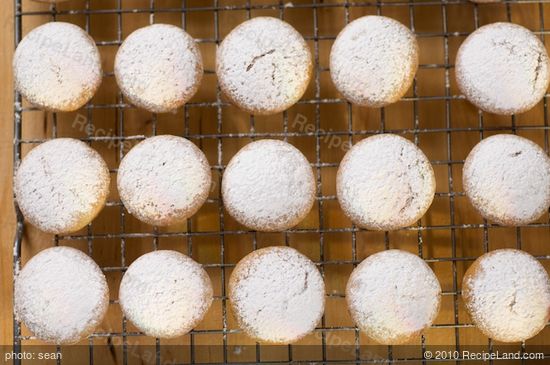
Pfeffernusse, what does it mean?
The name Pfeffernusse comes from the German words “Pfeffer” (pepper) and “Nuss” (nut), which, when combined, form a delightful little cookie that packs a spicy punch.
These cookies are typically made with a delightful blend of spices, including cinnamon, cloves, nutmeg, and, yes, even a hint of black pepper.
This combination of spices gives the cookies a unique and delicious flavor that is sure to warm your heart and soul.
What does pfeffernusse taste like?
Imagine a symphony of flavors dancing on your tongue - a perfect blend of warm spices like cinnamon, cloves, and nutmeg, all tied together with a hint of black pepper for a subtle kick.
It’s like a cozy winter hug for your taste buds!
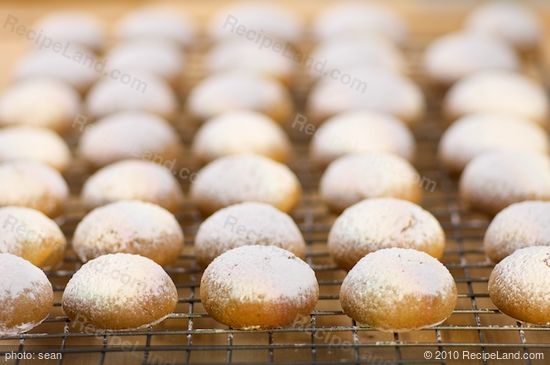
Can you freeze Pfeffernusse cookies?
You can freeze Pfeffernusse cookies!
Freezing them is a great way to make them last longer and enjoy them for a more extended period. Just let them cool completely before wrapping them tightly in plastic wrap or aluminum foil and placing them in an airtight container or freezer bag.
They will keep well for up to 2-3 months in the freezer. When ready to enjoy them, thaw them at room temperature and savor the delightful flavors!
Are Pfeffernusse cookies supposed to be hard?
While some people might prefer their cookies to be soft and chewy, the authentic German Pfeffernusse cookies are actually meant to be a bit hard.
The hardness of these cookies comes from the unique combination of ingredients and the way they are baked.
The dough is usually rolled into small balls and then baked until they are firm and crispy.
This texture is what makes them perfect for dunking in tea or coffee, as they soften up and absorb the flavors of your favorite beverage.
Ingredients
Directions
Preheat oven to 350℉ (180℃)—grease cookie sheets.
Beat butter and brown sugar in a large bowl until creamy.
Beat in molasses, egg, and liqueur, if desired, until light and fluffy.
Mix flour, baking soda, cinnamon, cloves, nutmeg and pepper.
Shape level Tablespoon of dough into balls.
Place 2 inches apart onto prepared cookie sheets.
Bake 12 to 14 minutes until set.
Cool for 2 minutes on cookie sheets.
Remove to wire racks; sprinkle with powdered sugar.

Cool completely. Store in airtight containers.
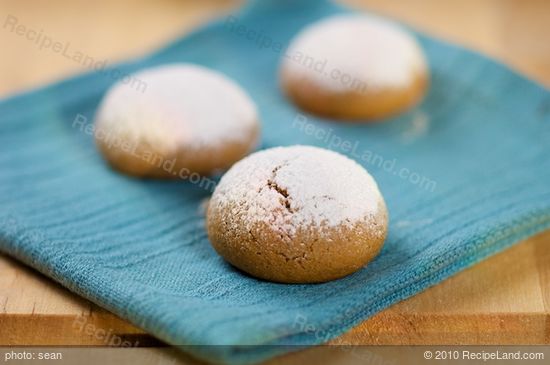
Comments

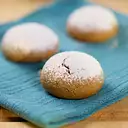

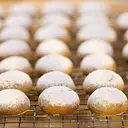
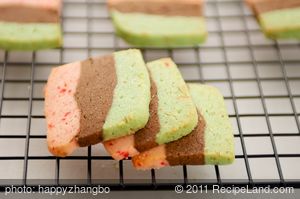
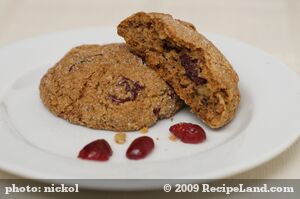
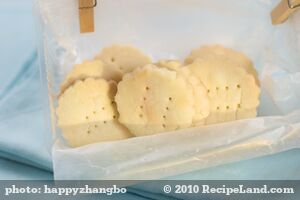
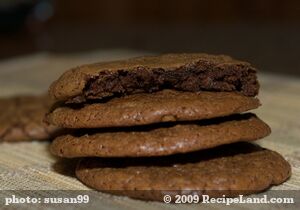
real pferneuise cookies must have muscat raisins.
This recipe is popular among Mennonite and Amish people in their cookbooks, I would imagine since they are from Swiss, German, Dutch descent. Great cookies.
Actually this recipe is New America recipe for Peppernut cookies. The original Peppernut cookie wasn't soft or chewy. I learned my mother recipe which is similar to this recipe. However, my mother recipe was handed down from the 1800s version. She cooked her ingredients on top of the stove, then mixed the dry ingredients, rolled them out, baked them and they came out rock hard. Why rock hard? Because lumberjacks, farmers and hunters could put them in their pockets, suck on them while they worked or put them in their coffe to soften them up. If you put soft peppernuts in your pocket they would crumble.
My dear friend used to make these little cookies every year around Christmas I haven't thought of them in a long, long time. She maked tons of them. I may have to try my hand at making them.
Yummy